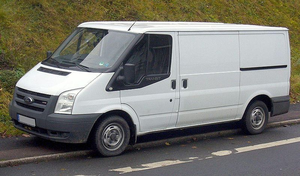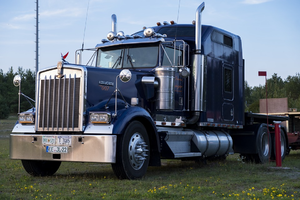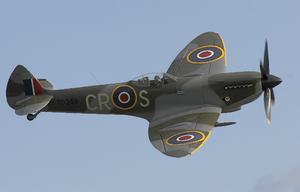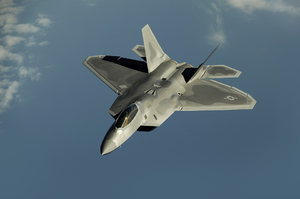Difference between revisions of "Air Resistance"
(→Experiments) |
|||
| Line 46: | Line 46: | ||
===Experiments=== | ===Experiments=== | ||
| − | '''Air Resistance and | + | '''Air Resistance and Weight''' |
: Time how long it takes a single Cupcake case to fall from the ground from 1.5 metres high. | : Time how long it takes a single Cupcake case to fall from the ground from 1.5 metres high. | ||
: Repeat this for two, three, four and five cupcake cases stacked together. | : Repeat this for two, three, four and five cupcake cases stacked together. | ||
: This changes the weight without changing the shape of the object. | : This changes the weight without changing the shape of the object. | ||
: If the difference is too small for meaningful results try 2, 4, 6, 8 and 10 cases. | : If the difference is too small for meaningful results try 2, 4, 6, 8 and 10 cases. | ||
| − | : Plot the results on a [[scatter graph]] (not a line graph or bar chart). | + | : Plot the results on a [[Scatter Graph]] (not a line graph or bar chart). |
| + | |||
| + | '''Air Resistance and Shape''' | ||
| + | : Cut several different shaped parachutes from bin liners. | ||
| + | : Ensure that the surface area of all shapes is the same. This can support math skills calculating area of shapes. | ||
| + | : Use string to attach the parachutes to the same piece of plastacine each time. | ||
| + | : Plot the results on a Bar Chart (not a line graph or scatter graph). | ||
| + | |||
| + | '''Air Resistance and Size''' | ||
| + | : Cut several different size parachutes from bin liners. | ||
| + | : Ensure that the surface area of each parachute increases by the same amount each time. This can support math skills calculating area of shapes. | ||
| + | : Use string to attach the parachutes to the same piece of plastacine each time. | ||
| + | : Plot the results on a [[Scatter Graph]] (not a line graph or bar chart). | ||
Revision as of 13:53, 31 August 2018
Key Stage 2
Meaning
Air Resistance is a force that slows objects down when they are moving through the air.
- Noun: Air Resistance
About Air Resistance
- Air Resistance can only happen to an object surrounded by air. It does not happen to objects underwater or in space.
- The amount of air resistance depends on:
- The size of an object.
- The shape of an object.
- How fast an object is moving through the air.
| The van is smaller than the truck, so it feels less air resistance. | The truck is bigger than the van, so it feels more air resistance. |
| The scrunched up paper has a lot of air resistance and will slow down quickly when you throw it. | The paper plane is streamlined so it does not have much air resistance and will keep going fast once you've thrown it. |
| A spitfire can travel at a speed of 160 metres per second. | A jet fighter can travel 6 times faster that a spitfire so it feels a lot more air resistance. |
Experiments
Air Resistance and Weight
- Time how long it takes a single Cupcake case to fall from the ground from 1.5 metres high.
- Repeat this for two, three, four and five cupcake cases stacked together.
- This changes the weight without changing the shape of the object.
- If the difference is too small for meaningful results try 2, 4, 6, 8 and 10 cases.
- Plot the results on a Scatter Graph (not a line graph or bar chart).
Air Resistance and Shape
- Cut several different shaped parachutes from bin liners.
- Ensure that the surface area of all shapes is the same. This can support math skills calculating area of shapes.
- Use string to attach the parachutes to the same piece of plastacine each time.
- Plot the results on a Bar Chart (not a line graph or scatter graph).
Air Resistance and Size
- Cut several different size parachutes from bin liners.
- Ensure that the surface area of each parachute increases by the same amount each time. This can support math skills calculating area of shapes.
- Use string to attach the parachutes to the same piece of plastacine each time.
- Plot the results on a Scatter Graph (not a line graph or bar chart).





